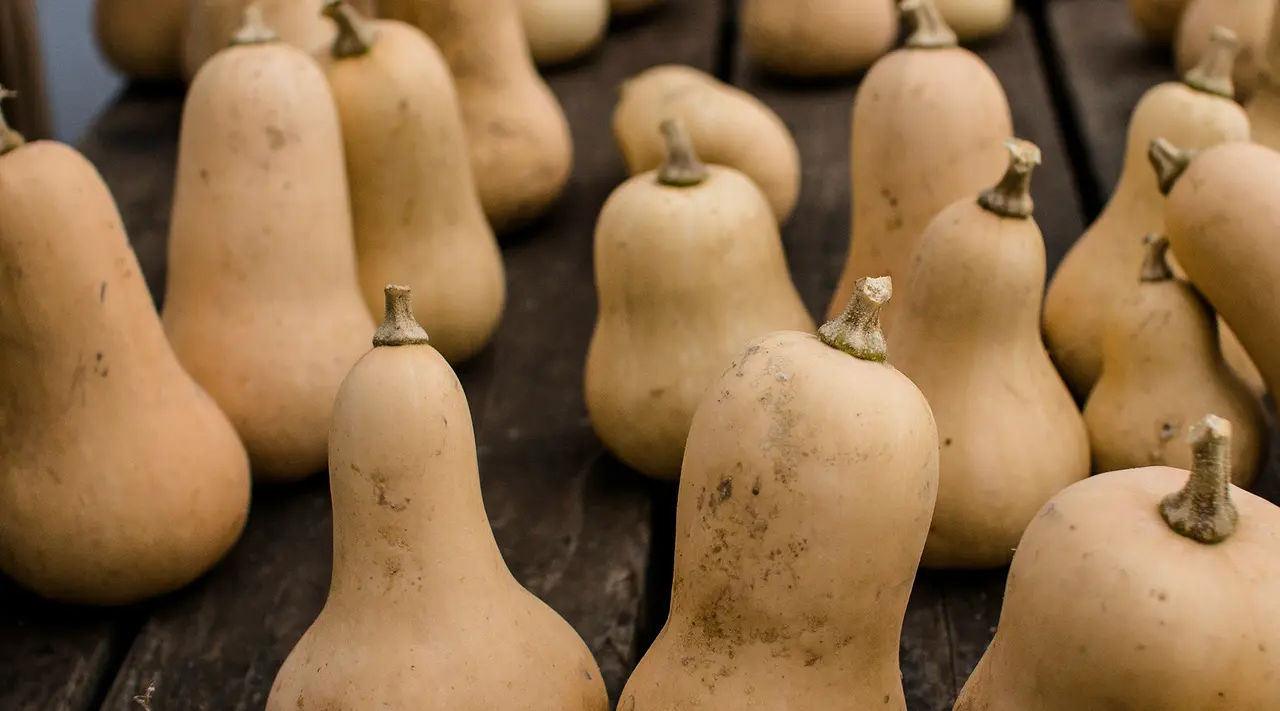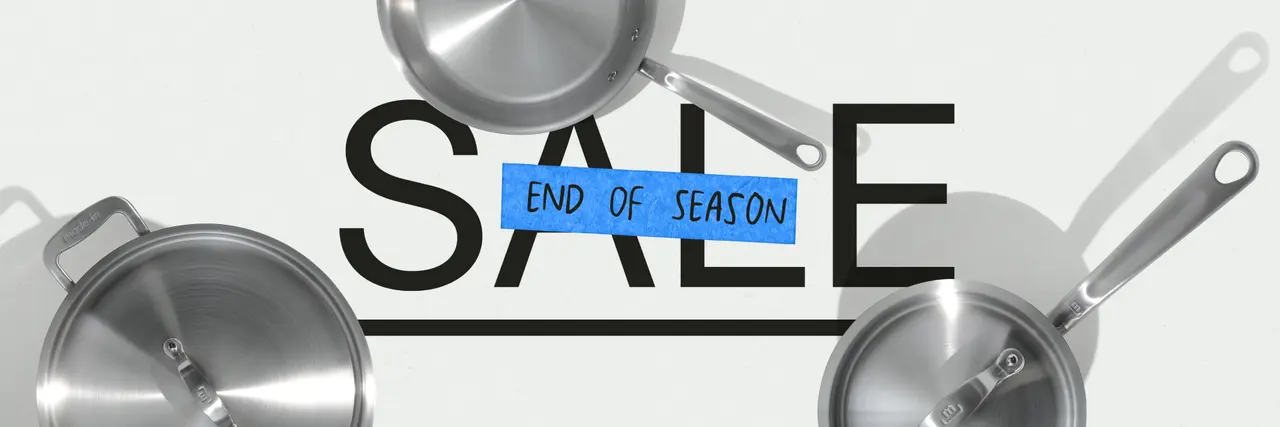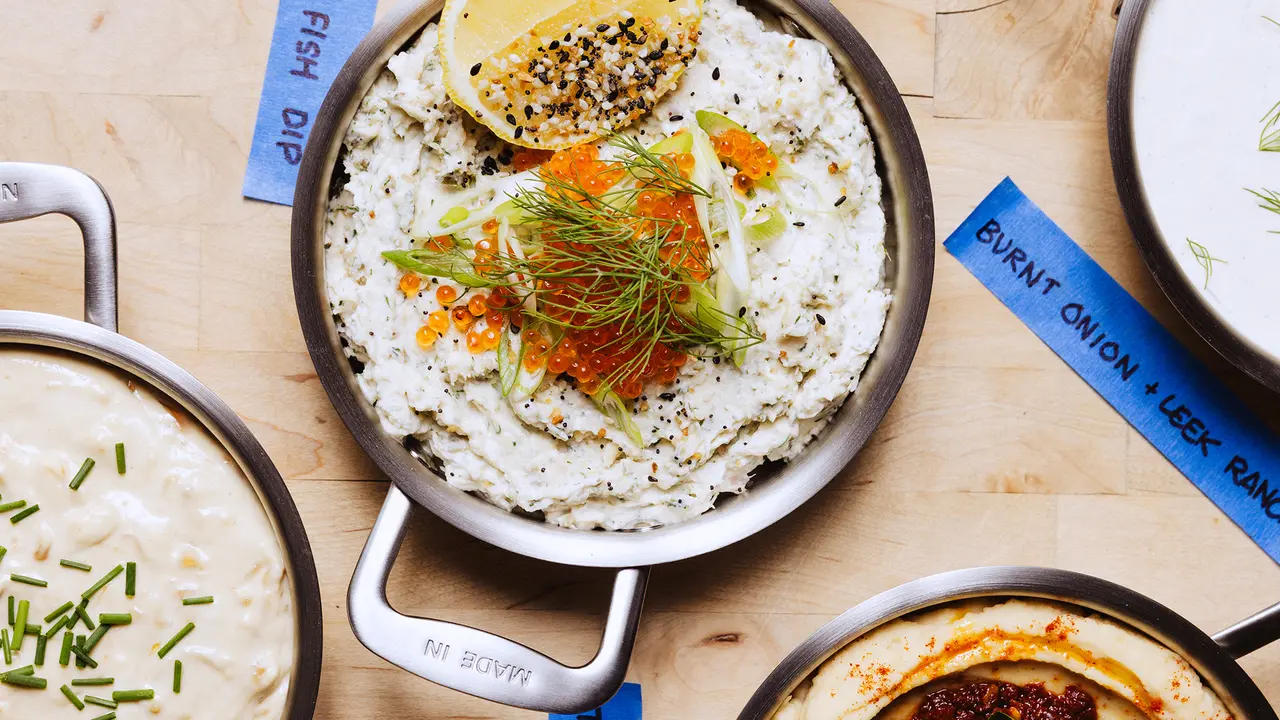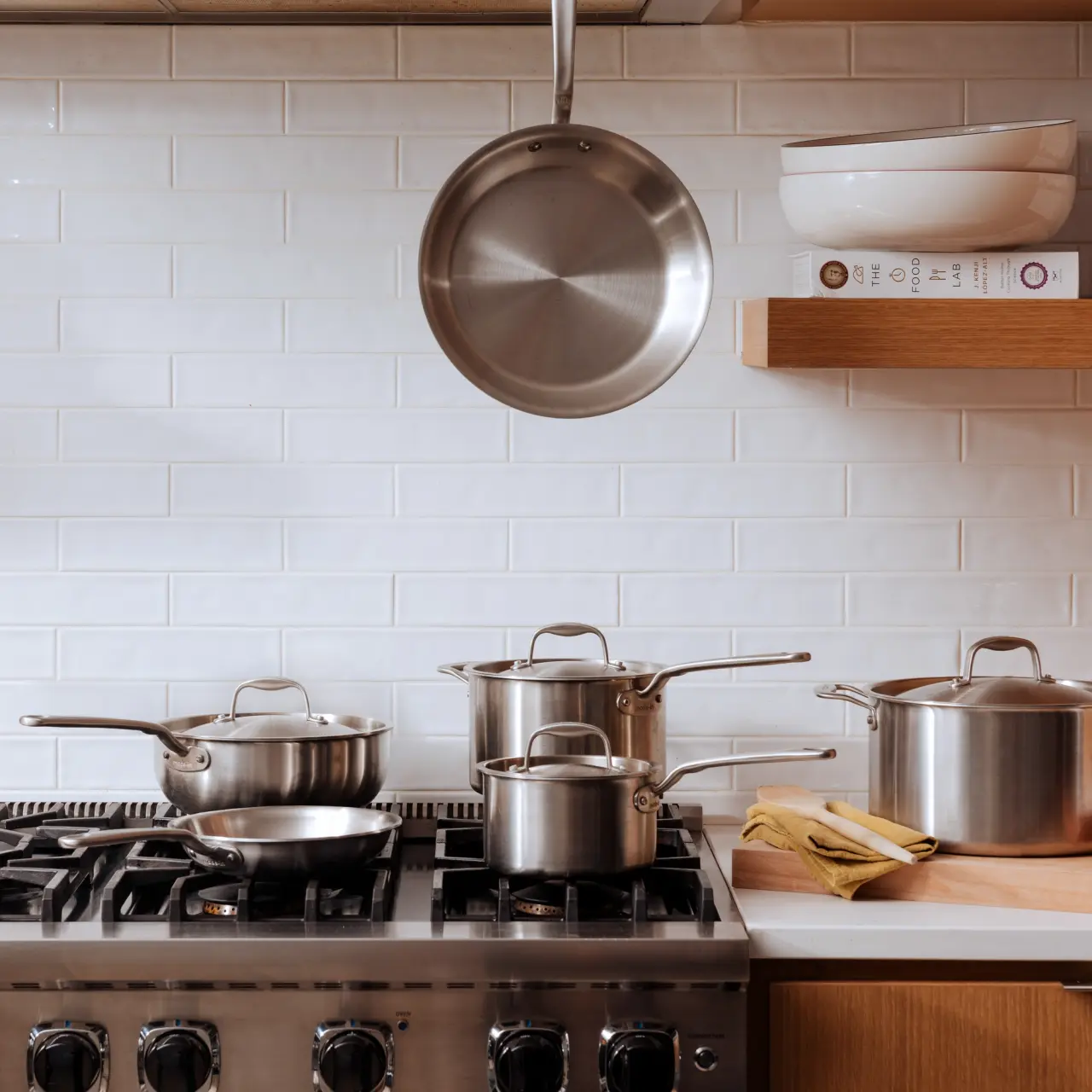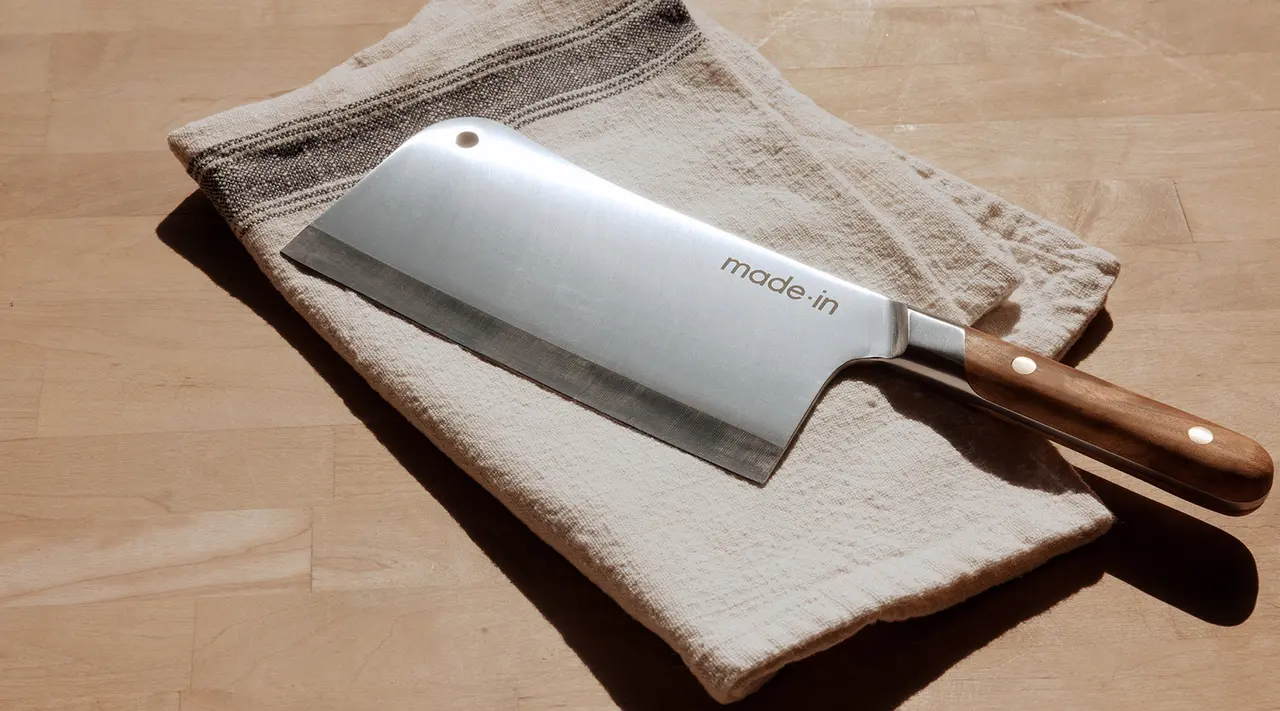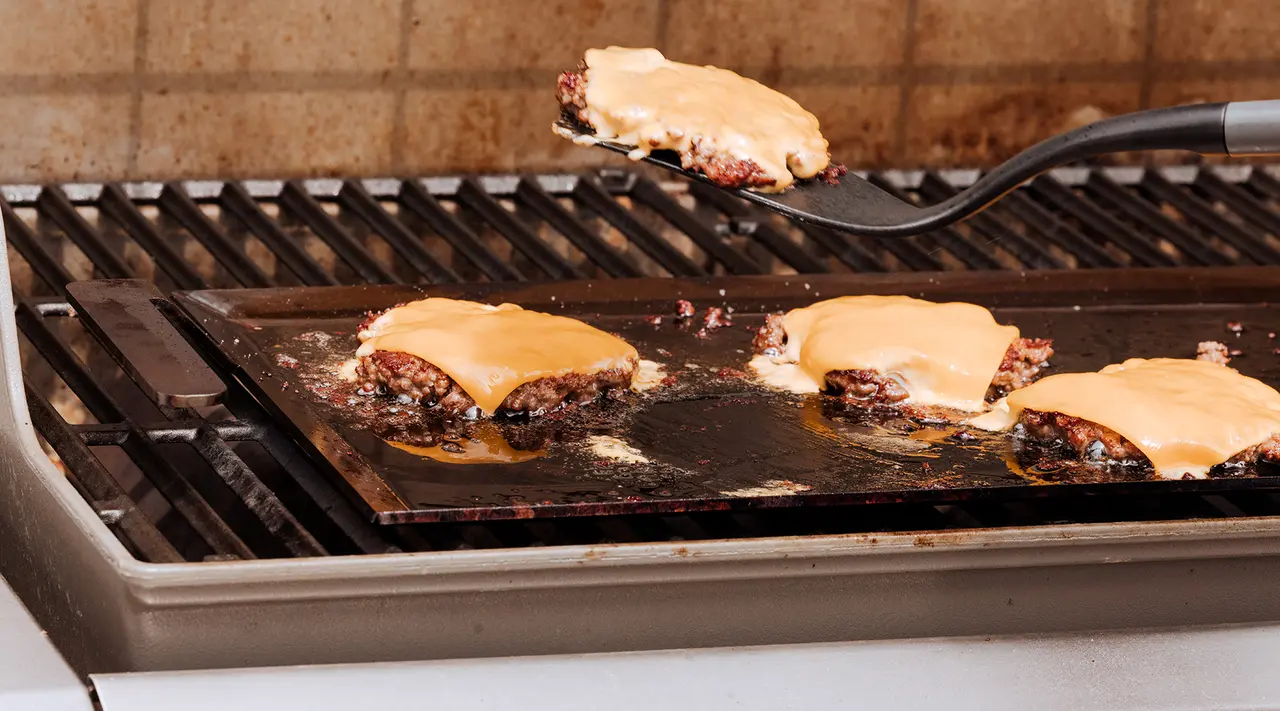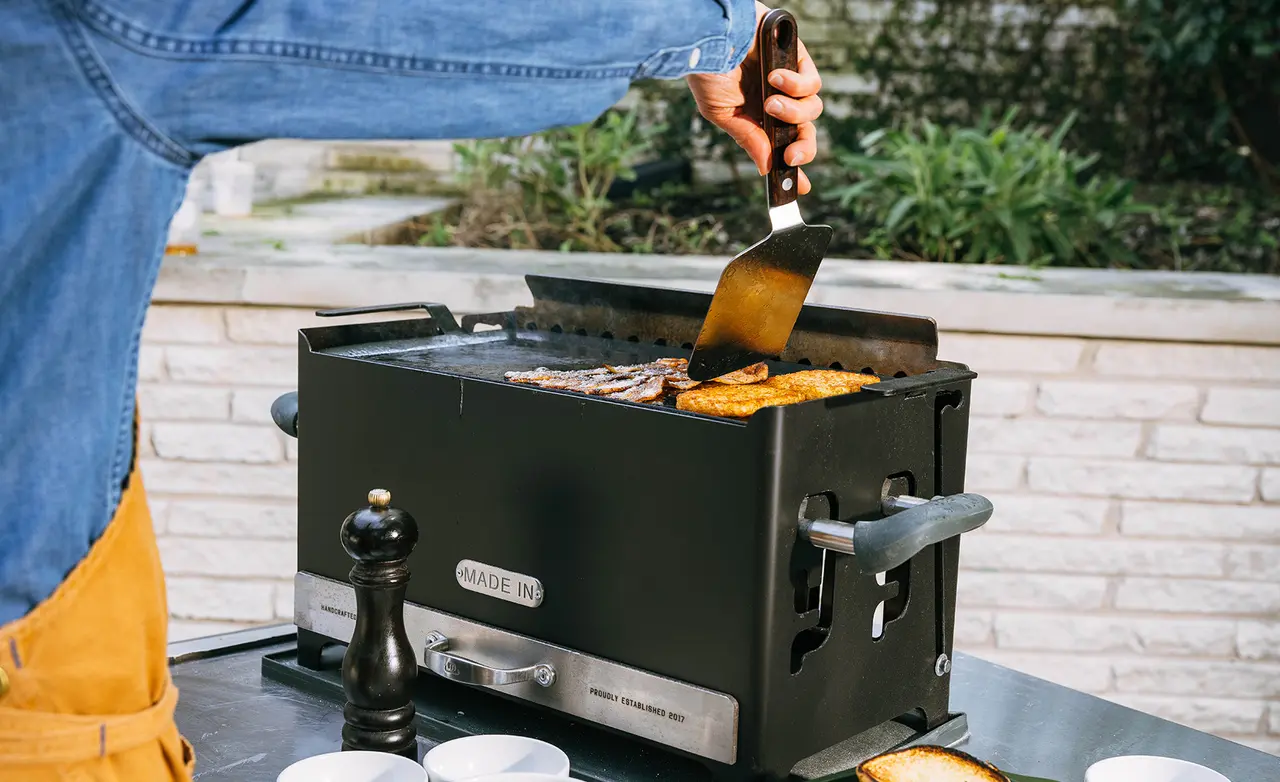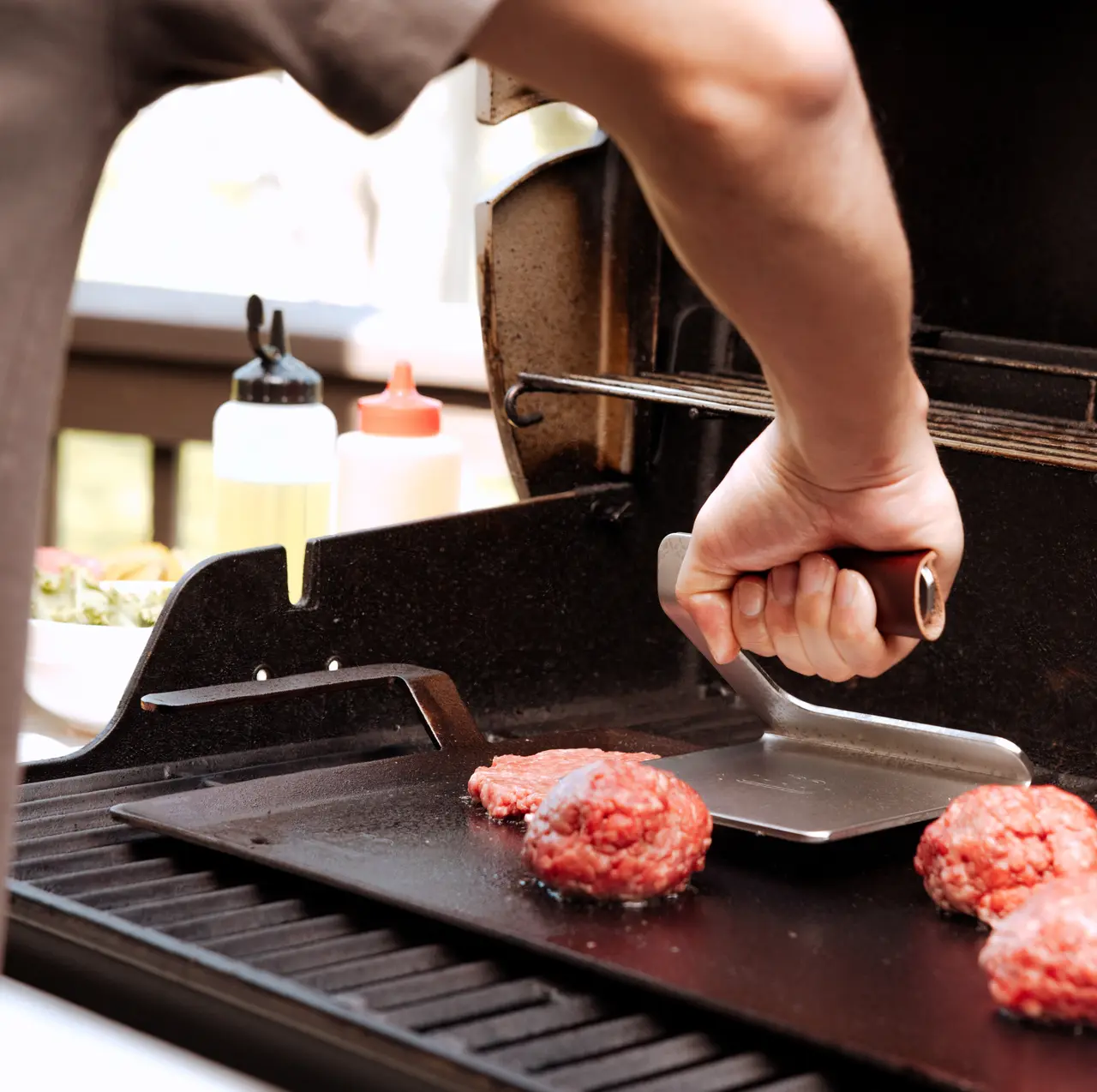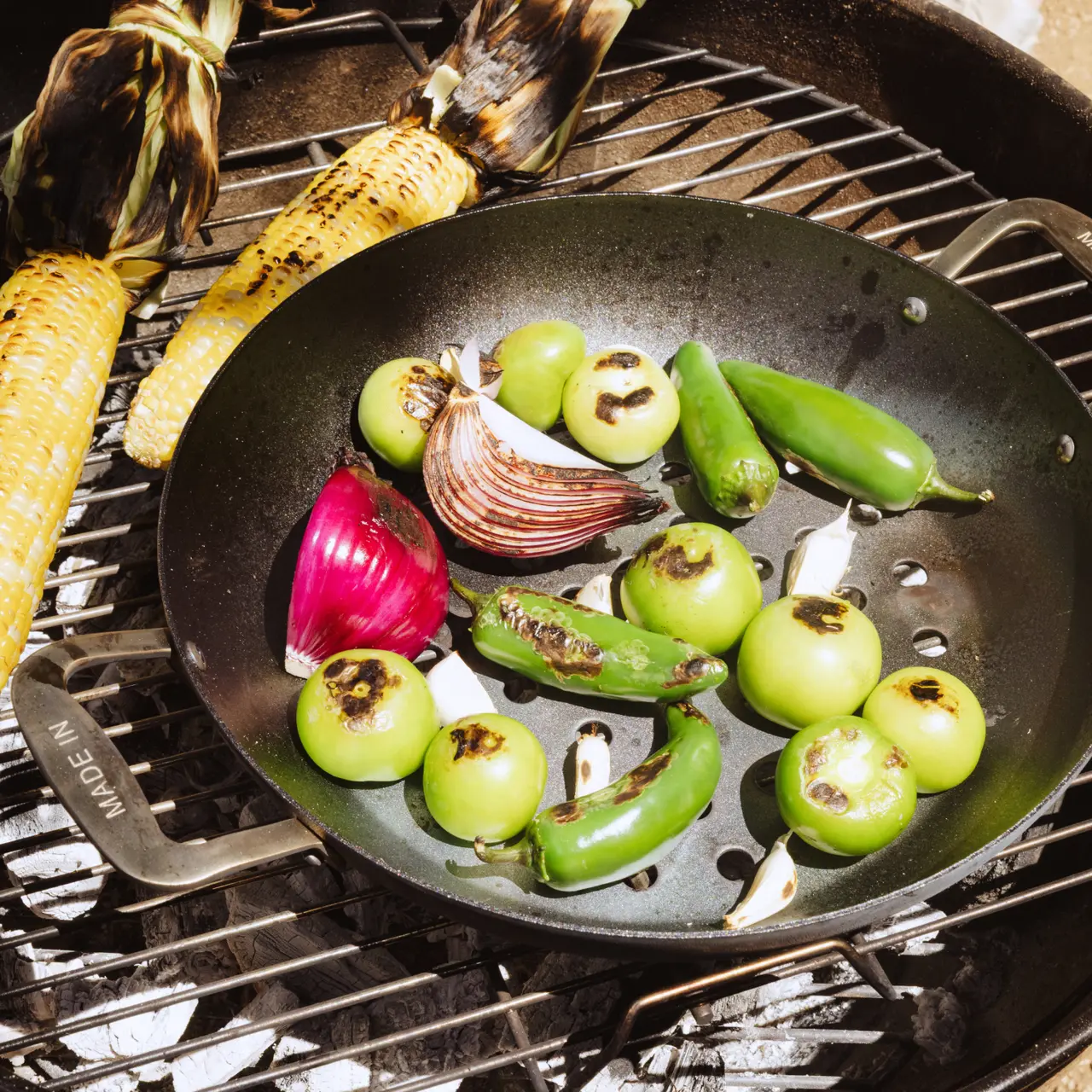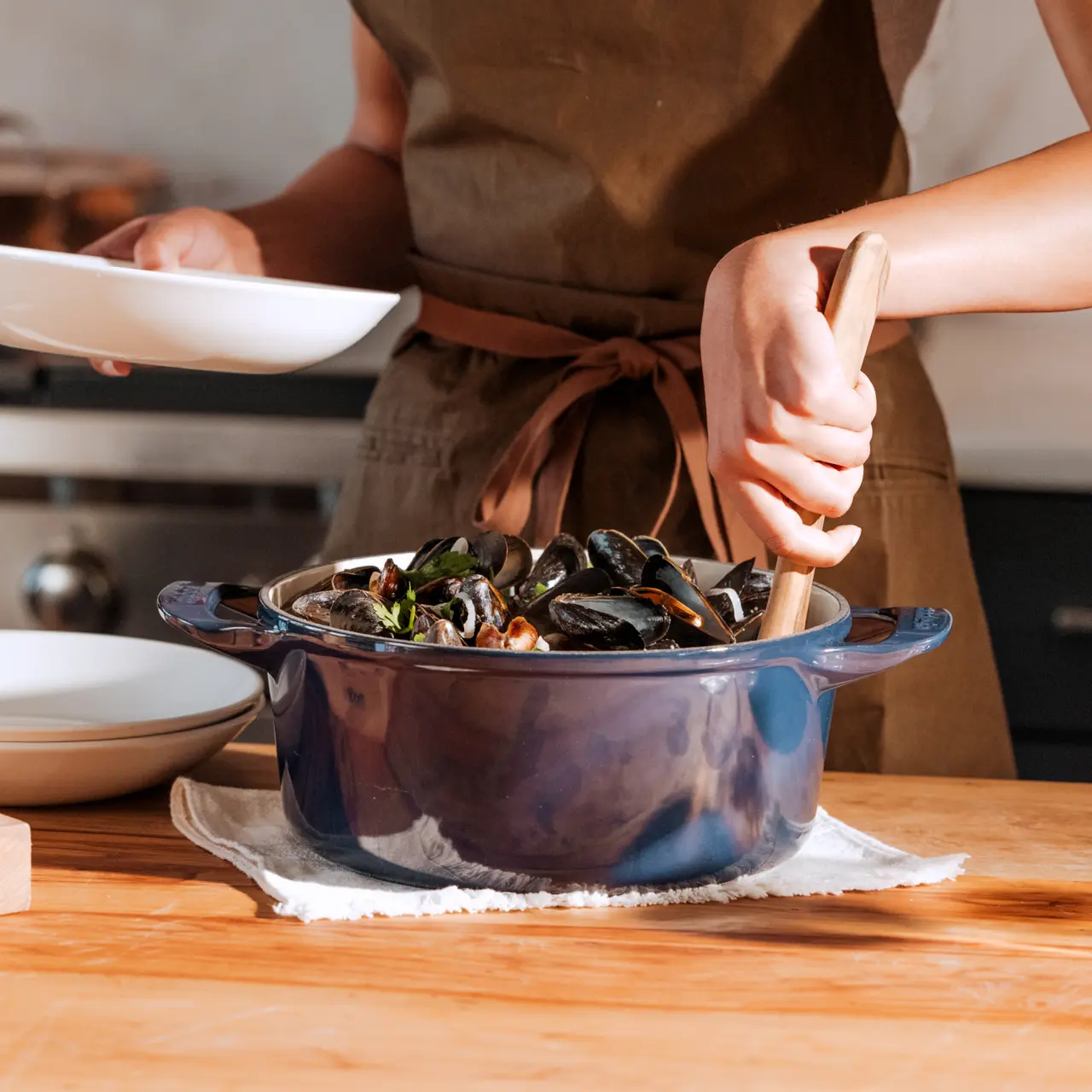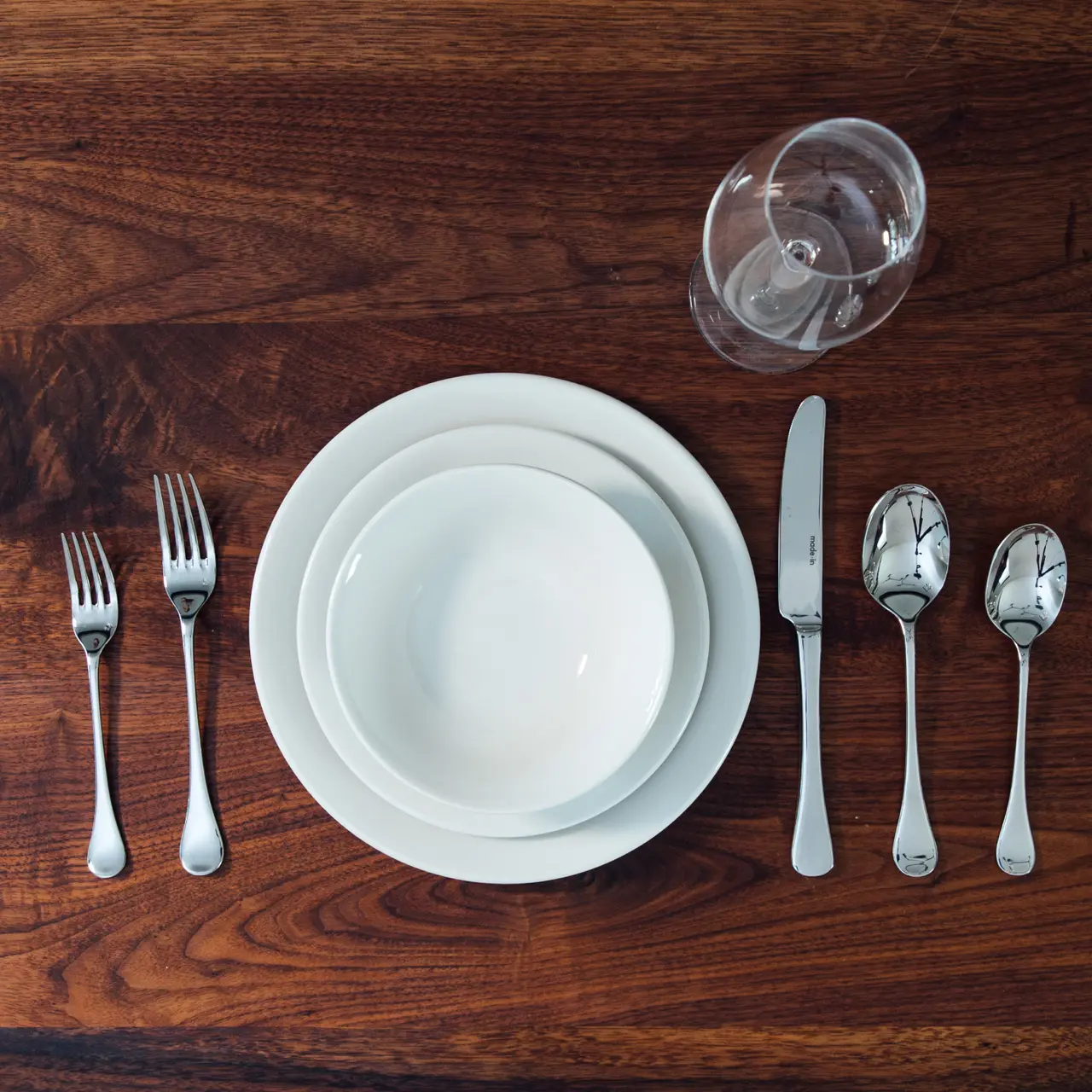There are few vegetables that can and should be included in your pantry year-round, but butternut squash is one of them. Versatile and delicious, it’s one of those rare ingredients, like onions or peppers, that can be incorporated into a wide variety of dishes and can be cooked using many different techniques.
The inherently nutty richness of butternut squash shines brightest when salted and roasted, but it can also lend its flavor to muffins, tacos, enchiladas, soups, salads, pies, and lasagnas, too. Not only is it versatile, butternut squash is simple to prepare, and has a surprisingly long shelf life. Learning to cook with it can enrich your cooking from last-minute weeknight meals to more technical dishes and everything in between.
What Is Butternut Squash?
Botanically considered a fruit (a berry, specifically), butternut squash is a vine-grown winter squash typically planted after the last frost to be harvested during the fall. The squash’s skin will start out as pale green, and ripens to beige. While butternut squash is native to Central and South America, today it’s grown worldwide, and can be found in grocery stores year round. In North America however, the best time to look for a butternut squash is late in the growing season—typically early fall through winter.
How to Shop for Butternut SquashWhen choosing a butternut squash, make sure it has the pale beige color that signals ripeness. When picked up, the squash should feel a bit heavy for its size. Scratches on the surface are normal, but make sure there aren’t any bruises, punctures, or soft spots, which may cause the squash to spoil prematurely.
How to Cut Butternut Squash
Butternut squash can be roasted whole, but it’s typically broken down before cooking. While the skin is edible and contains both flavor and texture, recipes often call for the squash to be peeled before cooking. Peel the squash before slicing it open if desired.
We recommend using a larger knife for cutting butternut squash. Our Nakiri Knife is designed to break down squash like kabochas with a blunt tip that’s great for making uniform, even cubes later on. An 8” Chef Knife would also work well for this task. Whichever knife you choose, make sure it’s incredibly sharp.
Here’s how to cut butternut squash for cooking.
- Remove the very top just below the stem and very bottom just above the end of the squash.
- Cut the squash in half widthwise where the bottom tapers into the thinner top section, so as to have two similar-sized pieces of squash.
- Cut the bottom in half lengthwise exposing the seed cavity.
- Using a spoon, scoop out the seeds and set aside for later roasting or discard.
At this point, you can continue to process the squash depending on what your recipe calls for.
How to Cook Butternut Squash
There are plenty of good ways to cook butternut squash that highlight its different characteristics. You can roast it on a Sheet Pan and blend it into a soup, sauté in a Non Stick skillet as a side dish, or grill it alongside chicken and other vegetables. Here are our three favorite ways to cook this fall gourd.
RoastingRoasting will allow the sugars in the squash more time to caramelize and result in a sweeter, deeply flavorful addition to a dish. Be careful to not let it go too long in the oven however, or it can turn to mush. If you do overcook your squash, simply blend up the softened, cooked squash and add it to a soup.
To roast, follow the same instructions as you would for roasting any vegetable: break out your Roasting Pan and turn up the heat for a slow-roasted squash that’s worth waiting for.
The best ways to roast a butternut squash are cut in half and drizzled in olive oil, or cubed and tossed with other fall and winter vegetables.
SautéingSautéing or pan frying the squash is a good way to get a charred, crispy outer layer that can add a bit of extra texture when used as a standalone ingredient, especially when sauteéd in a Stainless Clad Frying Pan.
Sautéing is best done on a peeled butternut squash, and can be tossed with anything from butter and cinnamon to olive oil and rosemary, enhancing its natural flavors in different ways.
If the weather allows, grilled squash can be a great way to play up the nuttiness that gives the squash its name. Plus, this method cooks far quicker than roasting or sautéing. Butternut squash also does very well cooked quickly over an open flame, where the skin is best left on before cooking, especially in a Grill Frying Pan to avoid losing pieces between the grates.
Additional Cooking Tips
No matter how you cook your squash, here are a couple tips for harvesting, storage, and cooking:
- If you grow a butternut squash yourself, cure the squash for a week or two after harvesting so the fruit has time to get rid of excess moisture and slow its respiration rate. You’ll end up with a more flavourful, tempered ingredient when it’s time to cook.
- When harvesting, make sure to leave an inch or two of stem.
- For an easier job slicing, soften your butternut squash by poking holes with a fork, then microwave for 2–3 minutes.
- Save the seeds and roast them as a snack. Simply wash, dry, and toss with oil and seasoning of choice. Place the seeds on a Sheet Pan and bake at 350F for 15–20 minutes until you hear the seeds begin to pop in the oven.
- Don’t forget that butternut squash does well as an ingredient in baked goods, and try out butternut squash muffins or pies for a fall-forward treat.
Ready to Cook?
No matter how you choose to cook your butternut squash, you’re sure to end up with a tasty, autumnal dish that’s rich in flavors. Whether roasted or sautéed, using high-quality cookware when cooking your butternut squash can elevate your dish from good to great.
